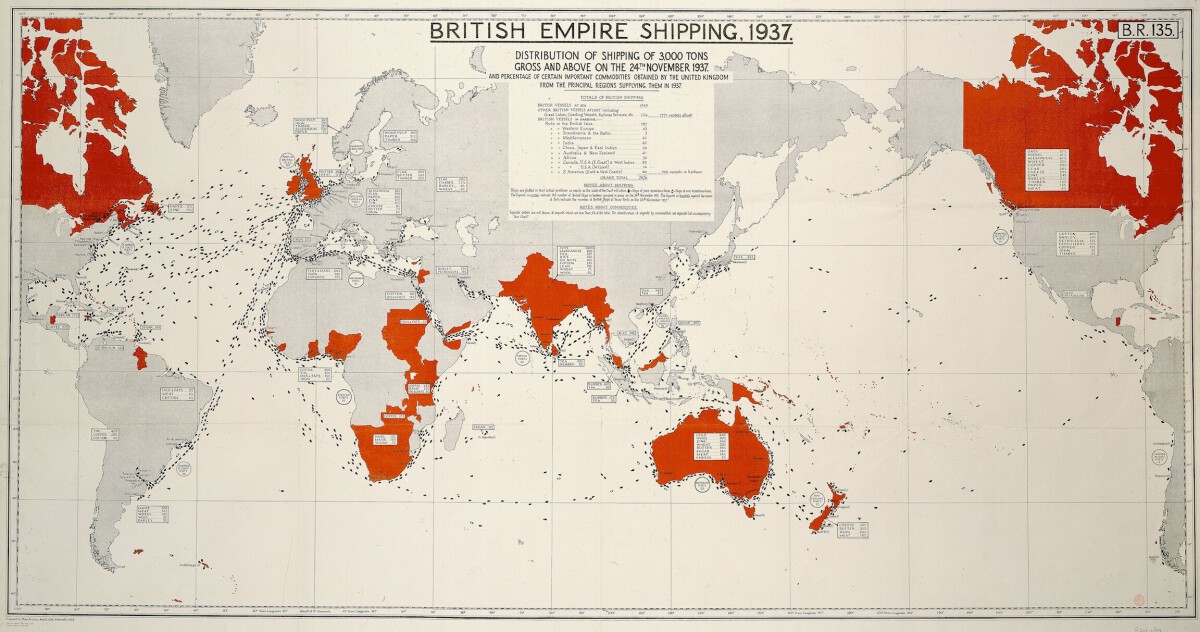The Burma Road seems to be causing a lot of controversy, within the community, to which I am sure my last post only served to add fuel to the fire. So let’s get back to basics, and examine the controversy at its most basic level, and try as far as is possible to quench the fire. IOTL as ITTL the Burma Road exists, work started on it in 1937, and by 1938 it was in use, and it was paid for by the Chinese. It is now 1942 ITTL, and unlike IOTL Burma hasn’t been conquered by the Japanese, which closed the road and thus there was no land link to the western powers until the completion of the Ledo Road in 1945. So given that the road exists, and given that the Chinese will be exerting considerable political pressure on the Americans, via their extensive China lobby in the United States, to support their efforts against the Japanese. The US administration will exert pressure on the British, to support the road, as it is going to be the principal route for Lend Lease supplies going to China. The China lobby is made up predominantly of evangelical Christians who have been supporting missionary groups in China for years, going back to before the turn of the century. They represent a substantial voting bloc in America, one that the president needs to keep onside, as he does other special interests groups. Personally I doubt that FDR has any real interest in China or the Burma Road, but politically he does, and this will influence the decisions made about the road.
So we have a very torturous road that links Burma to China, it exists and thanks to the difference in the result of the Japanese attempt to invade Burma, being different ITTL to what it was in ours, it still exists. The priority for the British is supporting their forces in attacking the Japanese in Thailand, which is a two pronged attack, with forces coming north from Malaya and East from Burma, hopefully meeting around Bangkok, which will relieve tremendously the pressure on the supply chain. As once Bangkok is taken the vast majority of supplies can be bought in by sea, and landed in the harbour, thus enormously shortening the supply line. Yes this will require the British navy to gain control over the Gulf of Thailand, but it needs to anyway to prevent the Japanese navy from interfering with the land campaign. And while the Americans will have other areas that are a far higher priority than the Burma Road to invest in, it is and will still be somewhere that they have a high interest in. If the Americans and British spend a third of what they spent in establishing and running the India China air lift, on just improving the road, they will get a return on their investment far greater than they got from the air lift. By 1943 Burma will be a backwater with no active fronts in the ongoing conflict, it’s only contribution to the war other than as a supplier of materials, especially rubber, will be the Burma Road, the only land route for American Lend Lease to get to China. But the road exists, and will until the liberation of FIC and the reinstatement of its rail link to China, or the liberation of a major port in Southern China, be the only land link under the control of the Anglo Americans. Thus it can not be left in the deplorable condition it is, and will have to be improved as best it can, with what little resources are available. I seriously doubt that the anyone on the Anglo American side or the Chinese side are proposing that it is developed into a nineteen thirties/forties sealed all weather two lane highway. But significant improvements can and should be made until it’s usefulness is rendered mute by developments elsewhere, such as in FIC or China, when until significant changes in both the Chinese and Burmese economies require such a link again. Post war it will, as has happened IOTL, be allowed to slowly revert to nature, and other than among those with a serious interest in military history, be very much forgotten.
RR.
